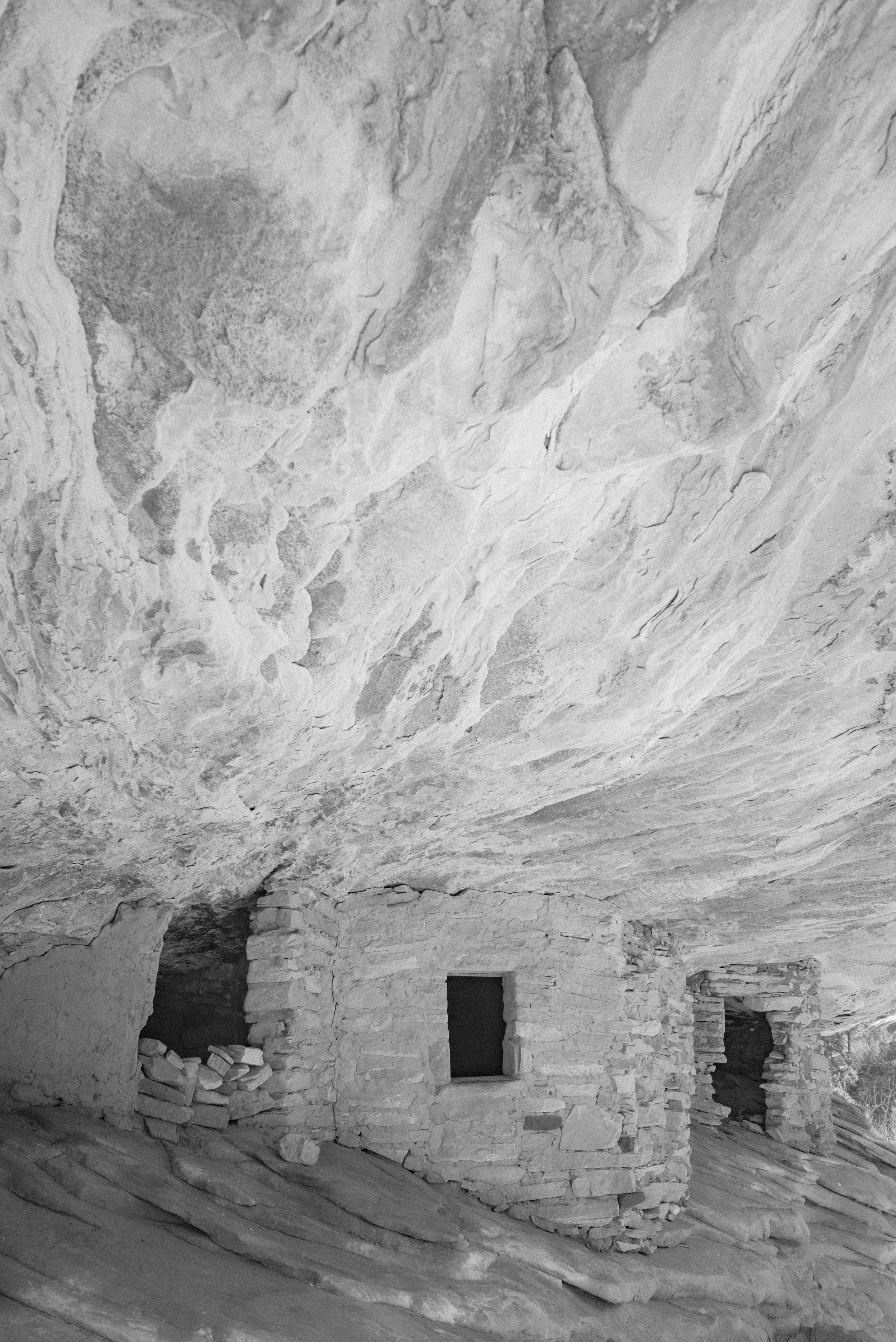
Bears Ears National Monument is one of the most significant cultural landscapes in the United States. Native Americans have continuously inhabited the mesa tops, evergreen forests, and redrock canyons of the Greater Bears Ears area for 13,000 years.

This high desert landscape includes over 100,000 archaeological sites from various populations; cliff dwellings, kivas, rock art images, and burial grounds.

In 2015, a five tribe coalition - Navajo, Uintah & Ouray Ute, Hopi, Zuni, and Ute Mountain Ute Nations - released a proposal that protects and preserves the cultural and natural resources inside Bears Ears. The core of the proposal is focused on spiritual and land stewardship.


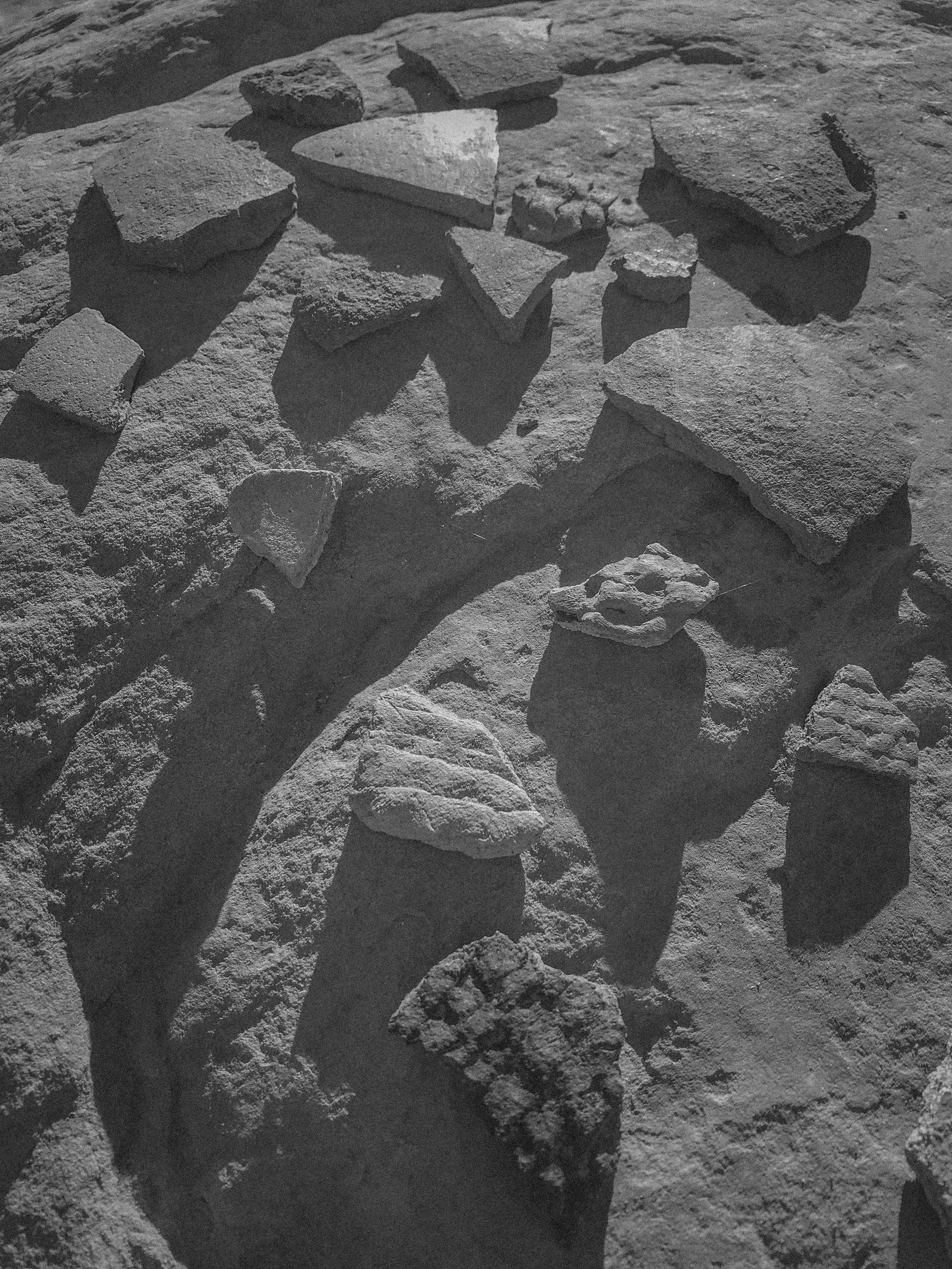
Today, Native Americans continue to forage this landscape for food, medicine, and firewood. All five Nations have ancestral ties to Bears Ears and view the land as a sacred place to benefit and bring healing to all people and the earth.
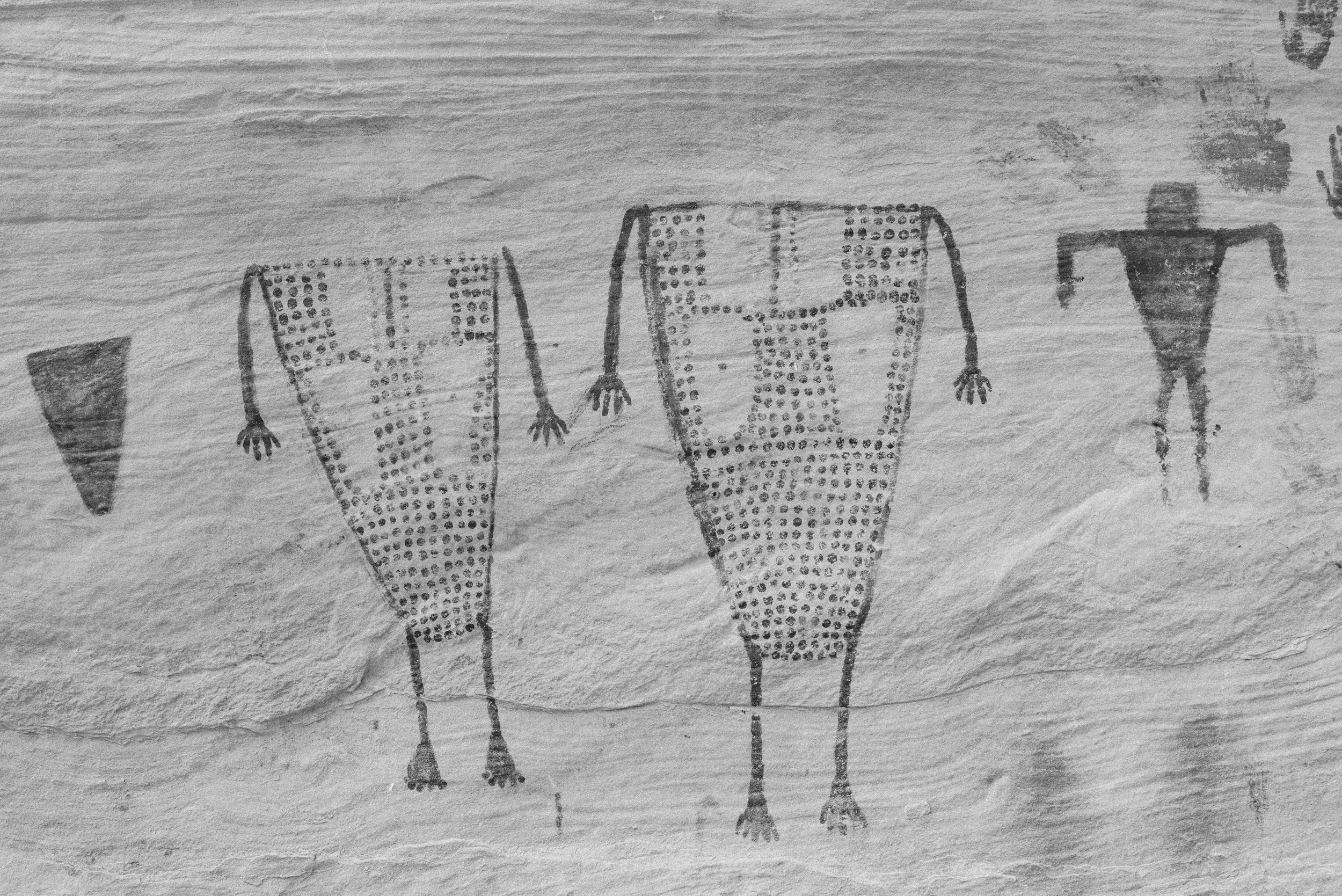

These sacred lands, while considered public lands under federal status, are the common patrimony of all Americans. As such, these lands need protection.

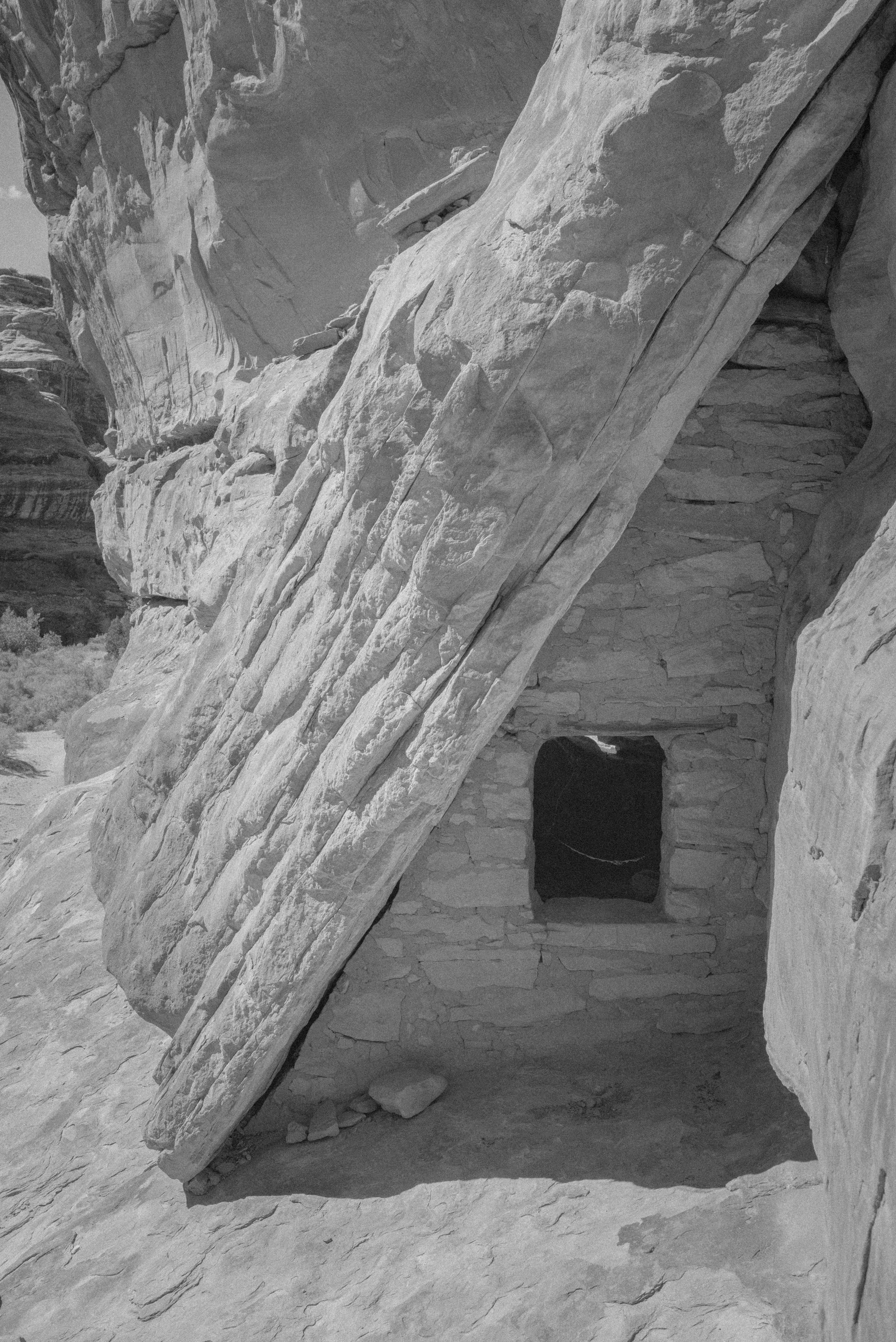
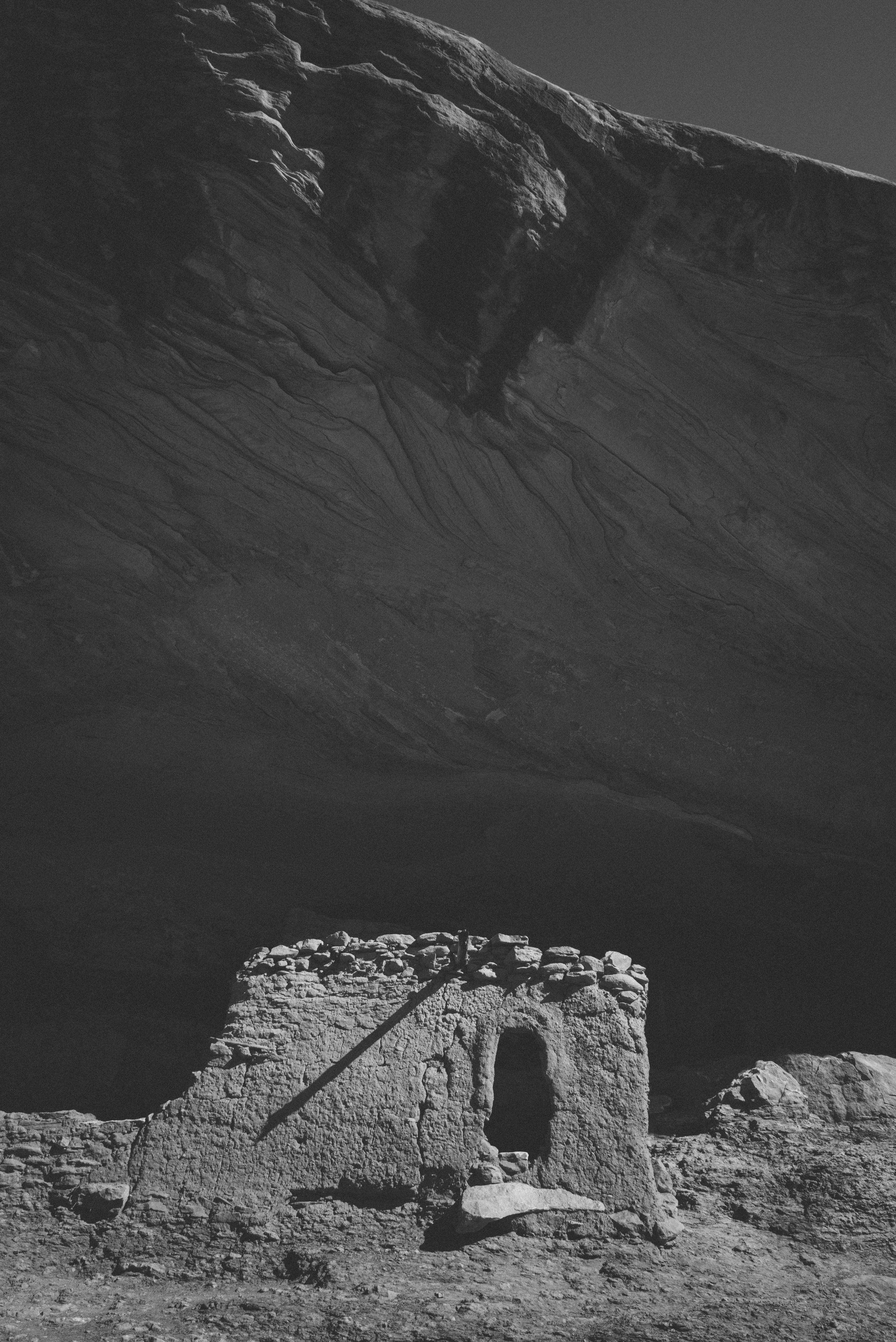

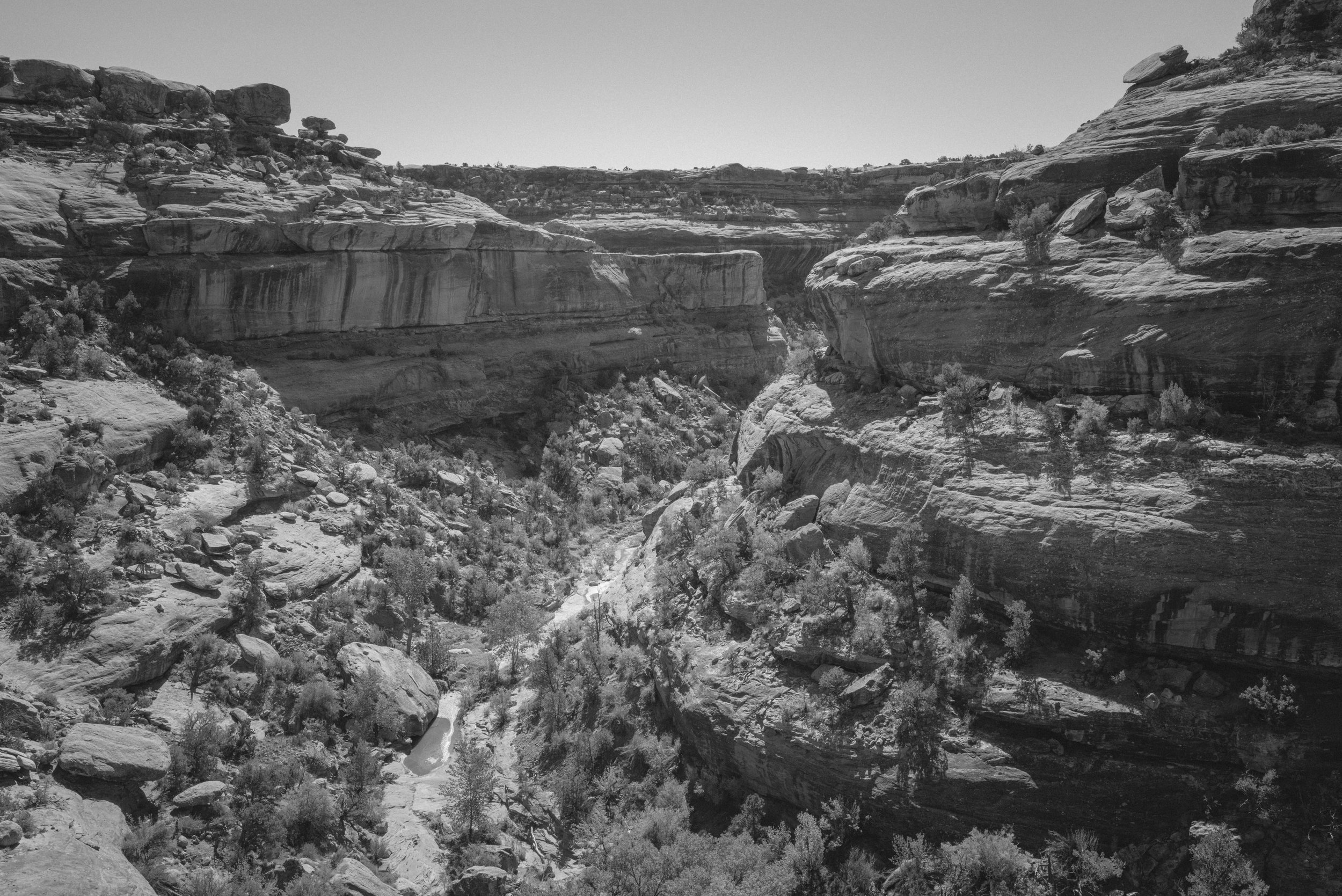
Since the arrival of Euro-Americans, looting and irresponsible land use has damaged many sites within Bears Ears. Recent approvals for uranium mining expansion and fossil fuel extraction in the Greater Bears Ears threatens the safety of these sacred sites and the health status of communities nearby.
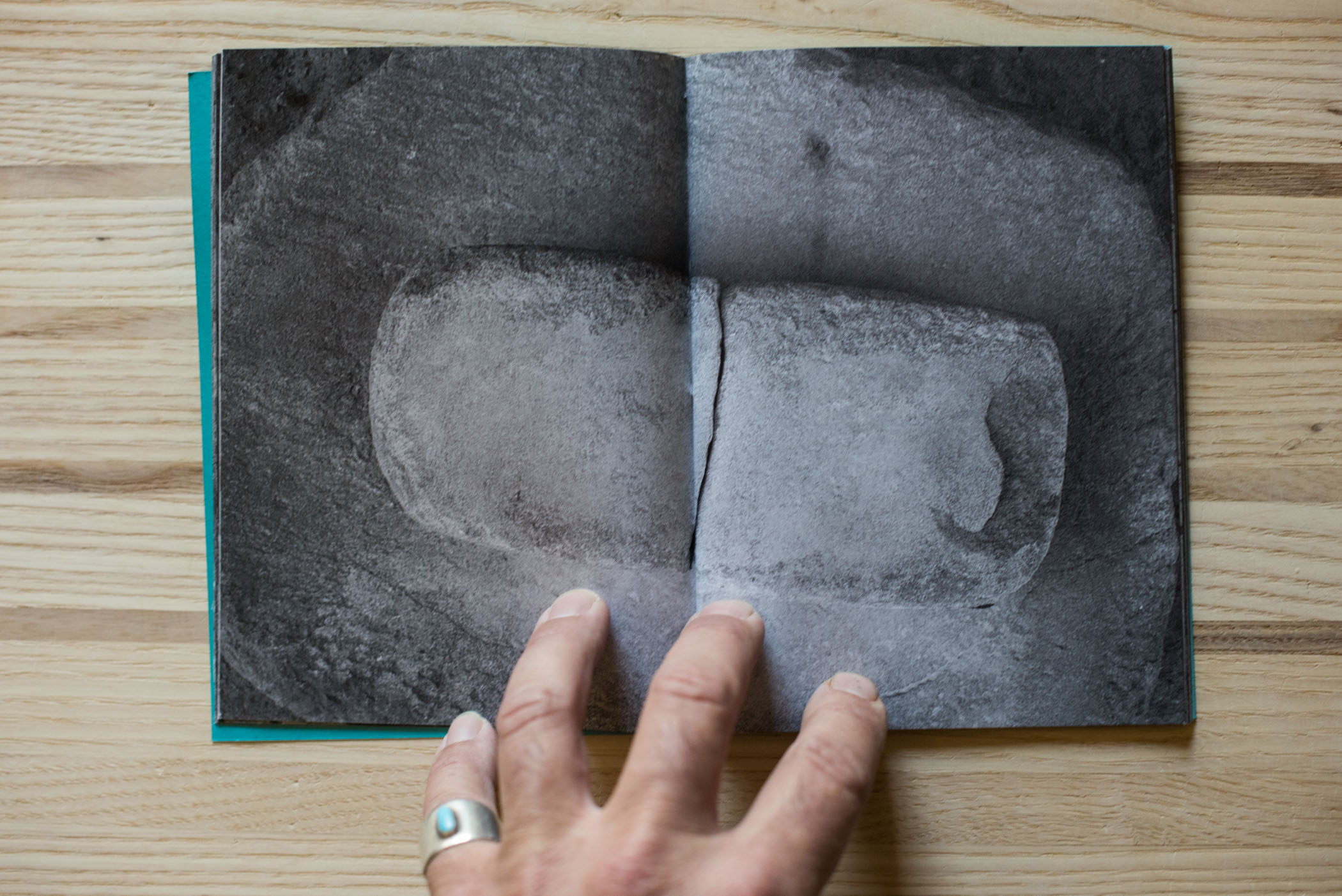
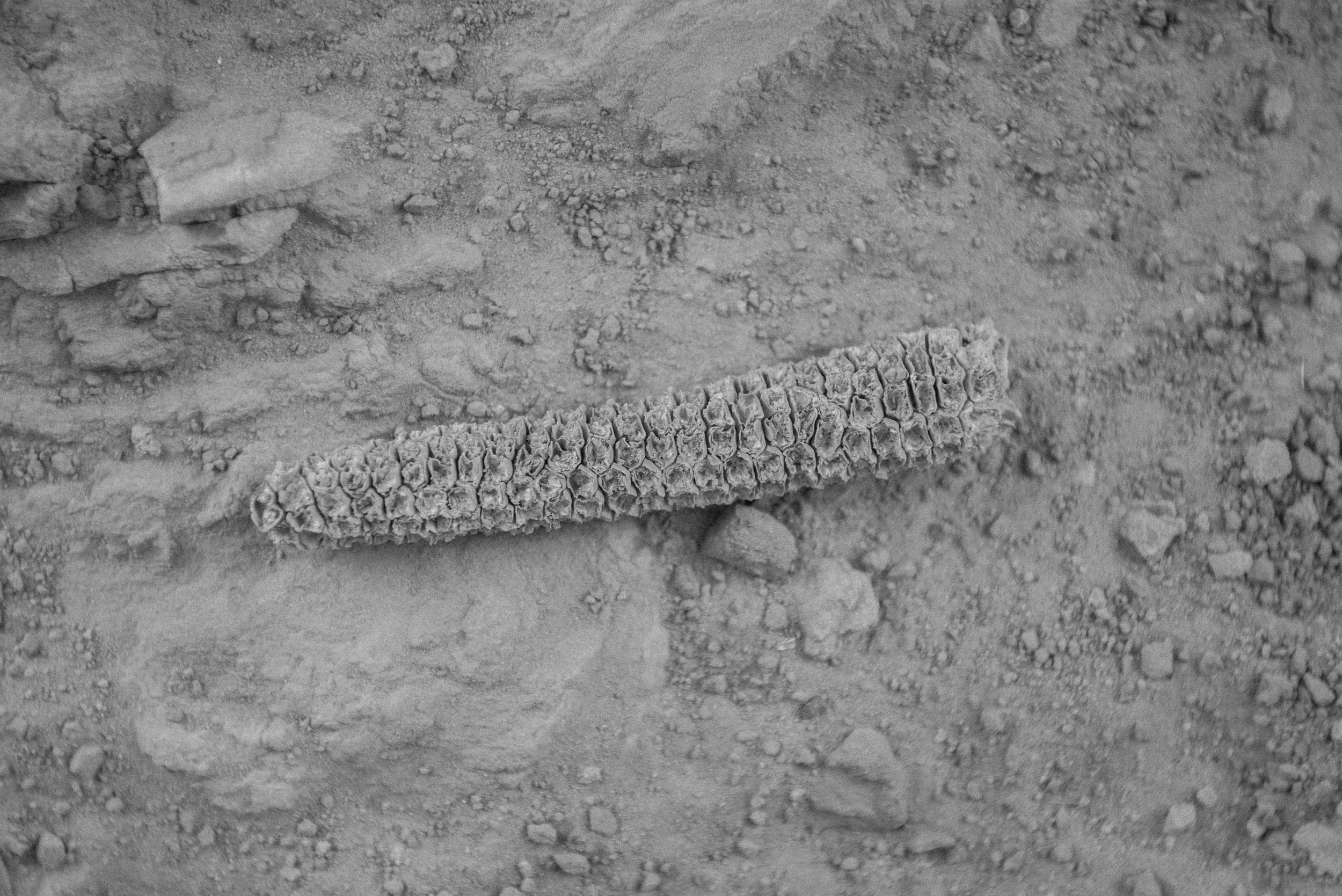
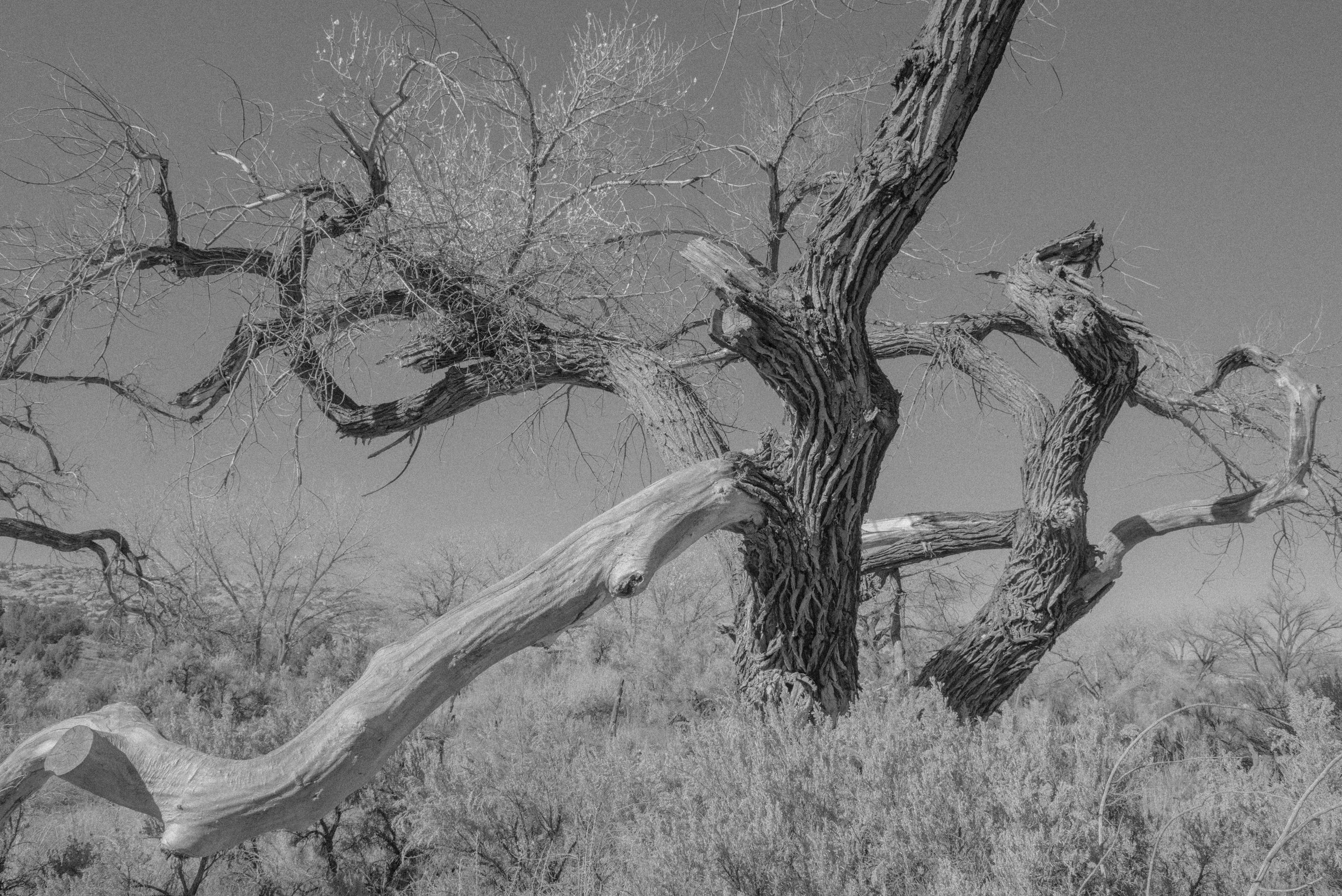
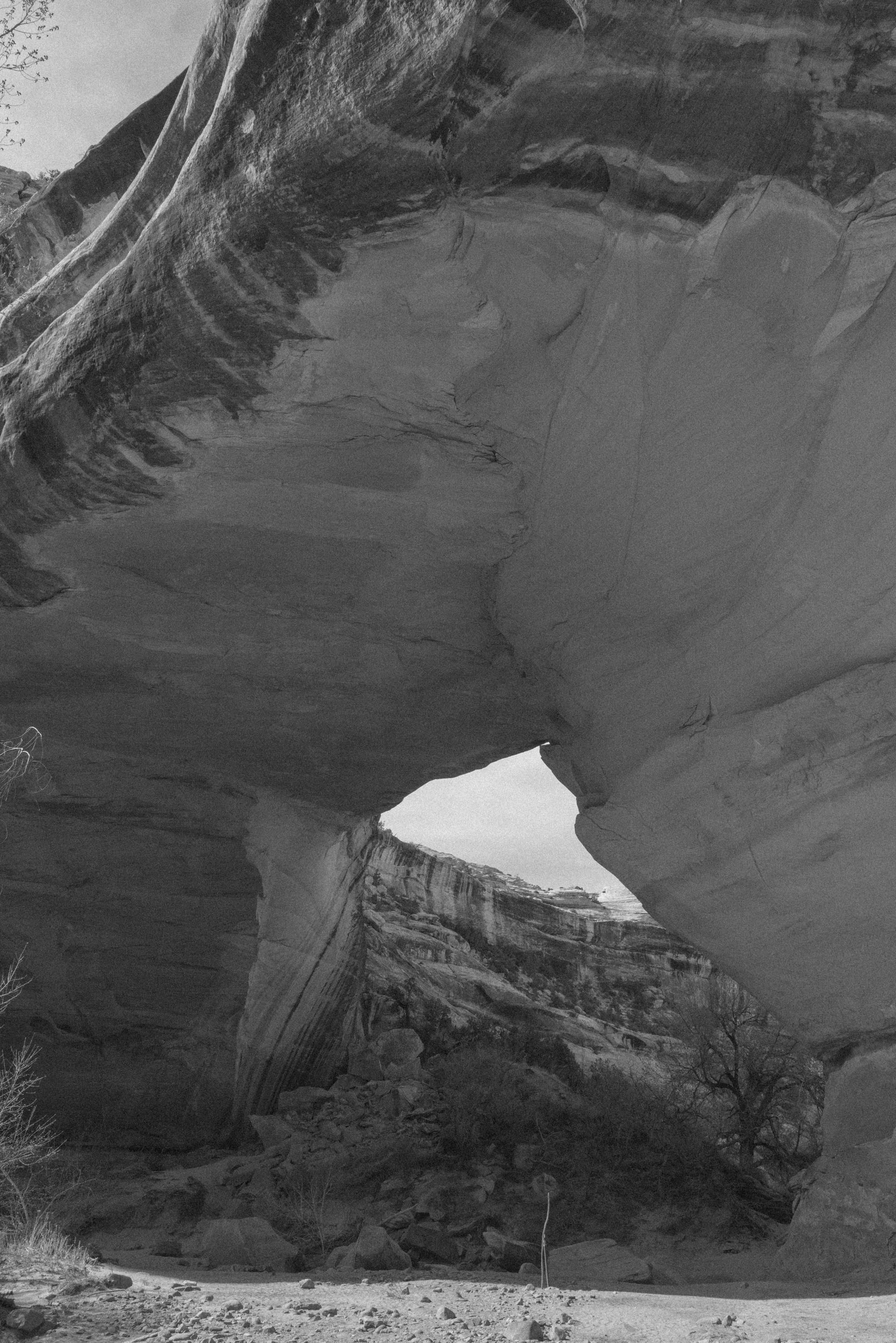

















Bears Ears National Monument is one of the most significant cultural landscapes in the United States. Native Americans have continuously inhabited the mesa tops, evergreen forests, and redrock canyons of the Greater Bears Ears area for 13,000 years.
This high desert landscape includes over 100,000 archaeological sites from various populations; cliff dwellings, kivas, rock art images, and burial grounds.
In 2015, a five tribe coalition - Navajo, Uintah & Ouray Ute, Hopi, Zuni, and Ute Mountain Ute Nations - released a proposal that protects and preserves the cultural and natural resources inside Bears Ears. The core of the proposal is focused on spiritual and land stewardship.
Today, Native Americans continue to forage this landscape for food, medicine, and firewood. All five Nations have ancestral ties to Bears Ears and view the land as a sacred place to benefit and bring healing to all people and the earth.
These sacred lands, while considered public lands under federal status, are the common patrimony of all Americans. As such, these lands need protection.
Since the arrival of Euro-Americans, looting and irresponsible land use has damaged many sites within Bears Ears. Recent approvals for uranium mining expansion and fossil fuel extraction in the Greater Bears Ears threatens the safety of these sacred sites and the health status of communities nearby.